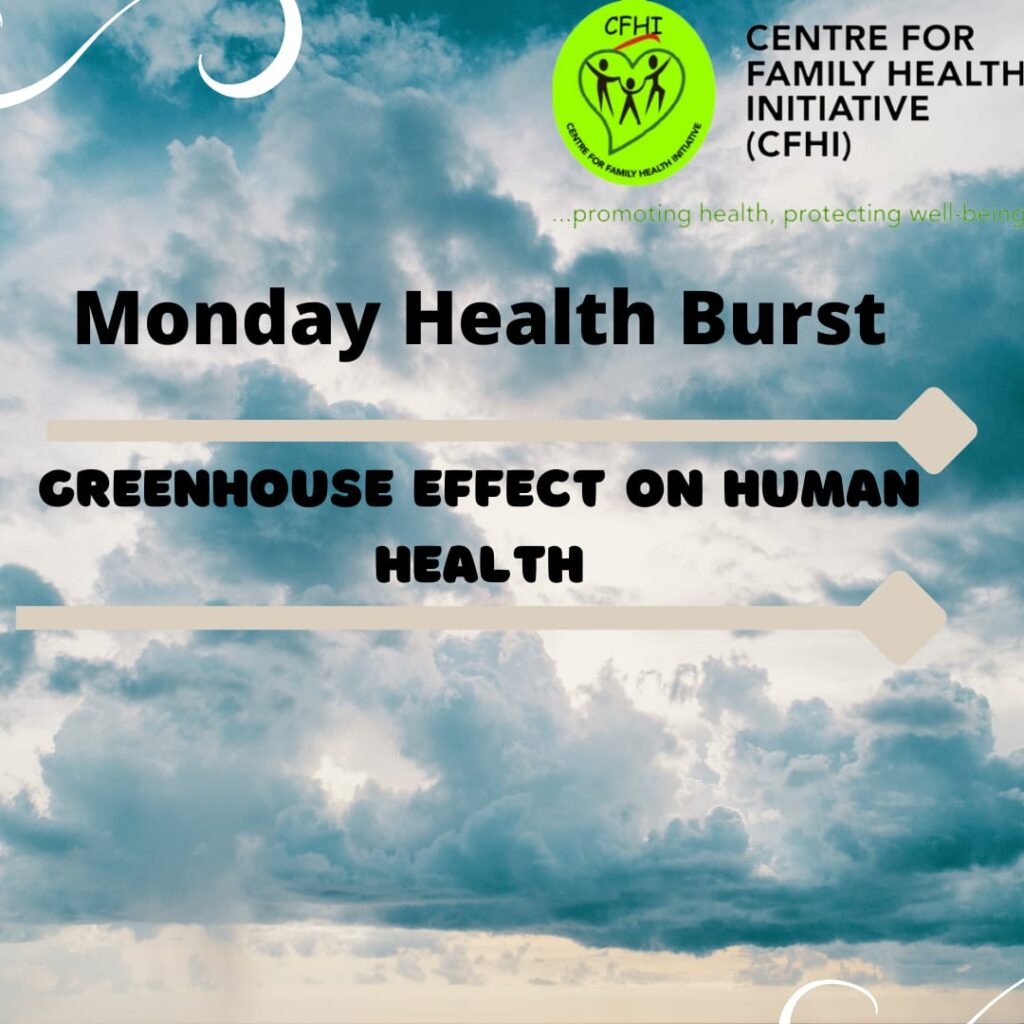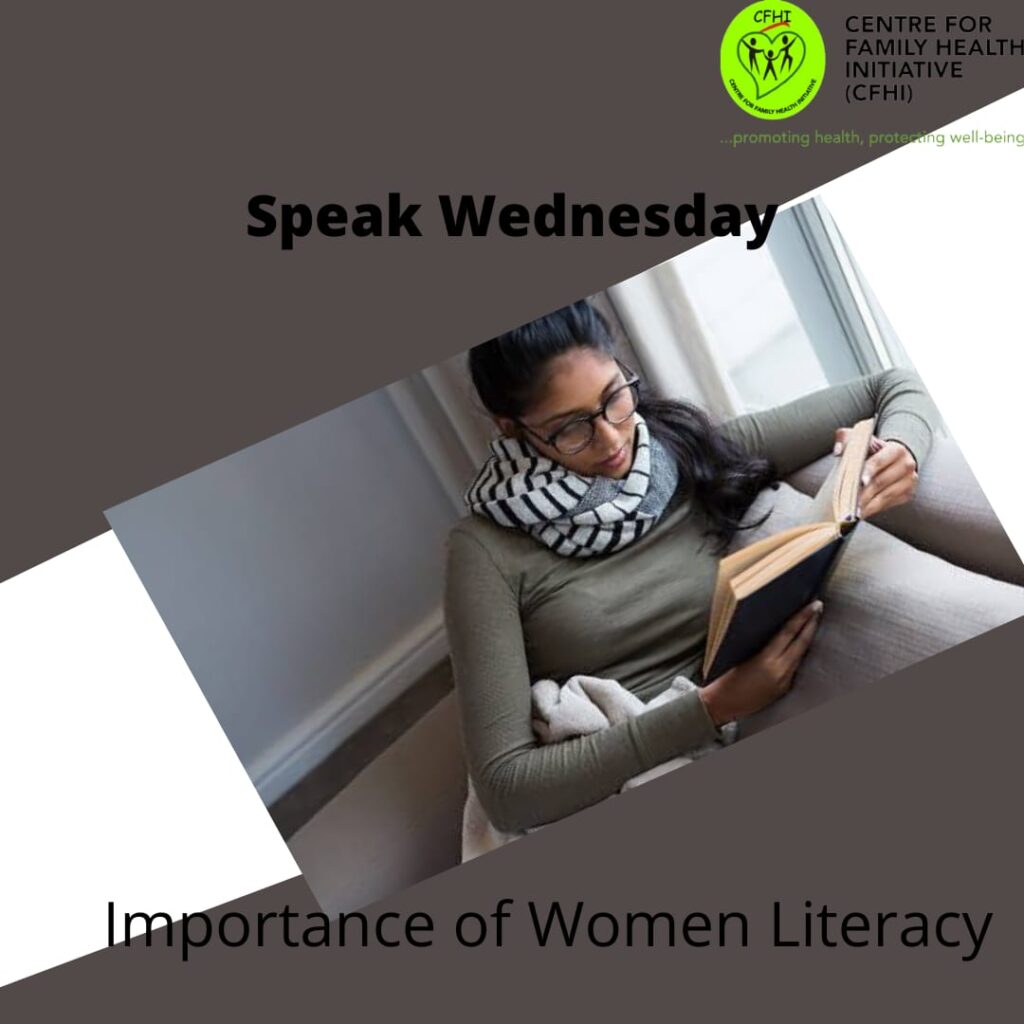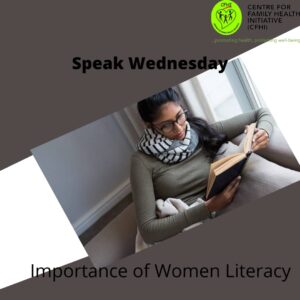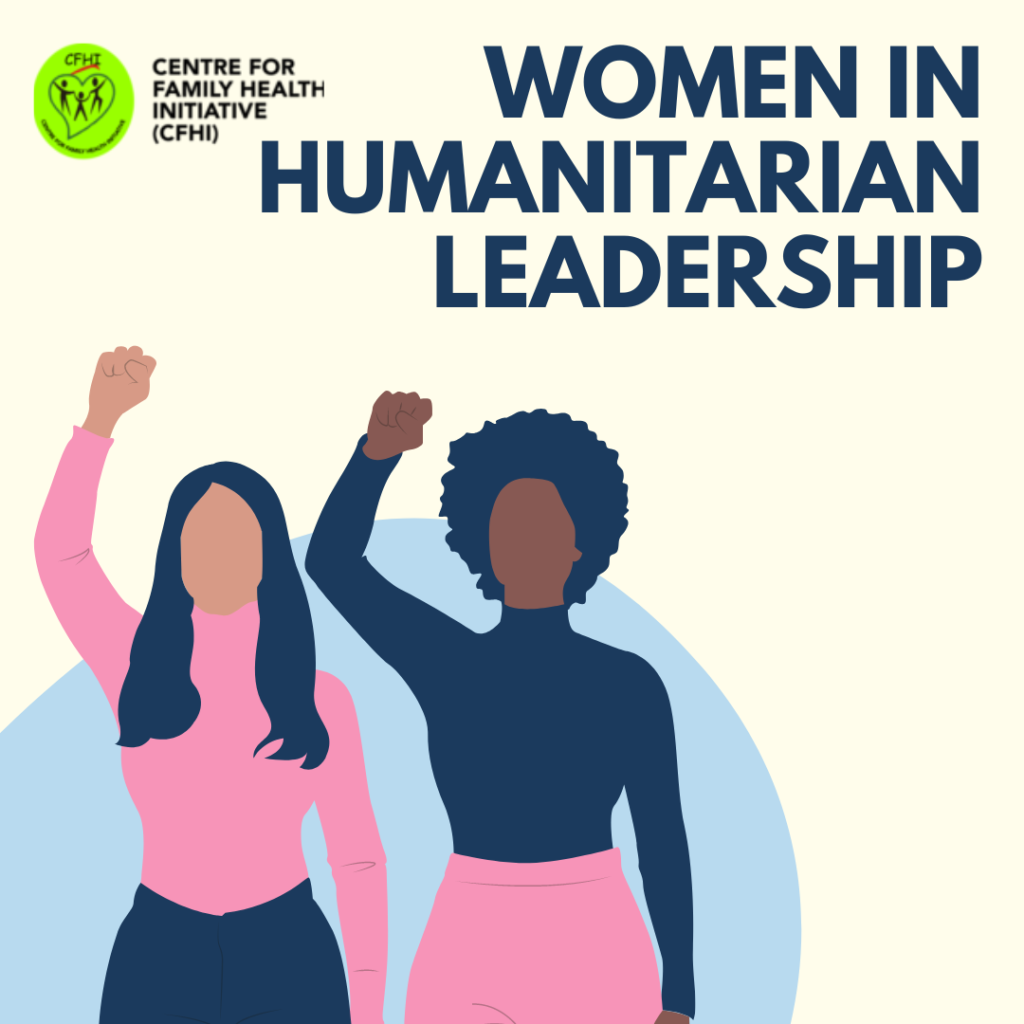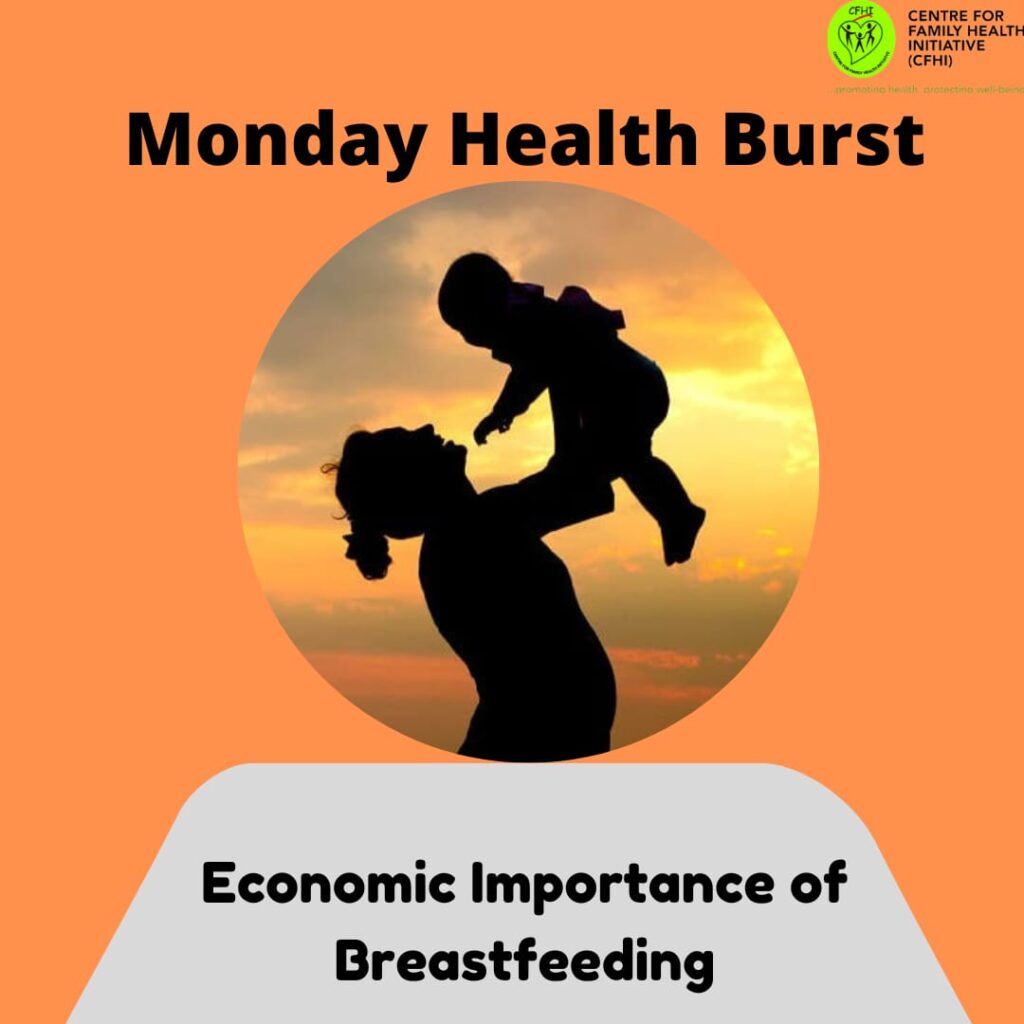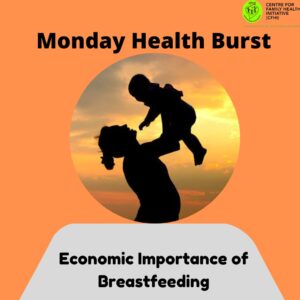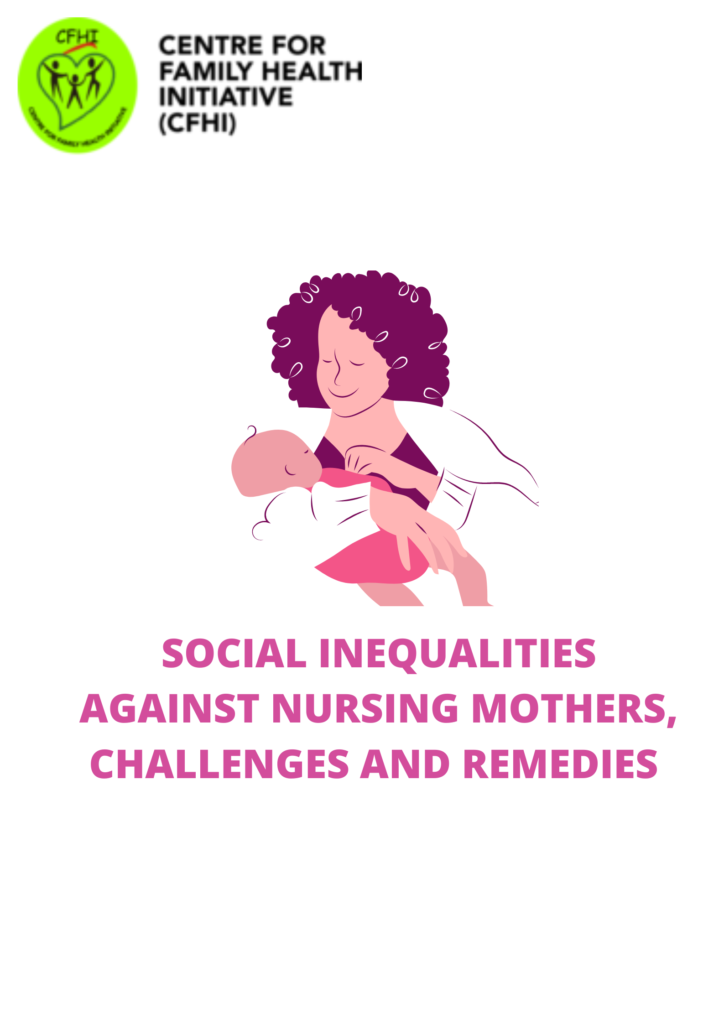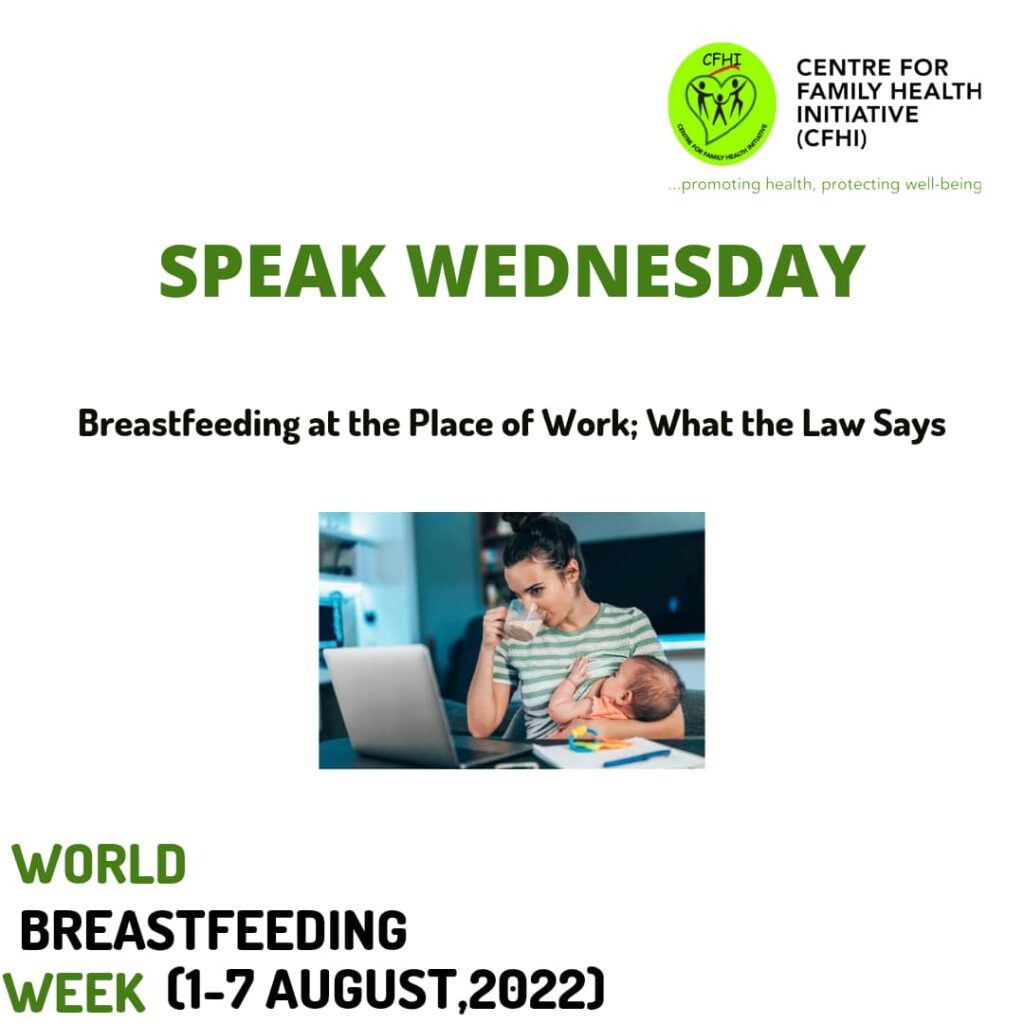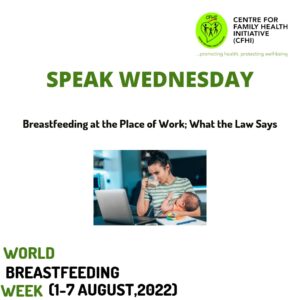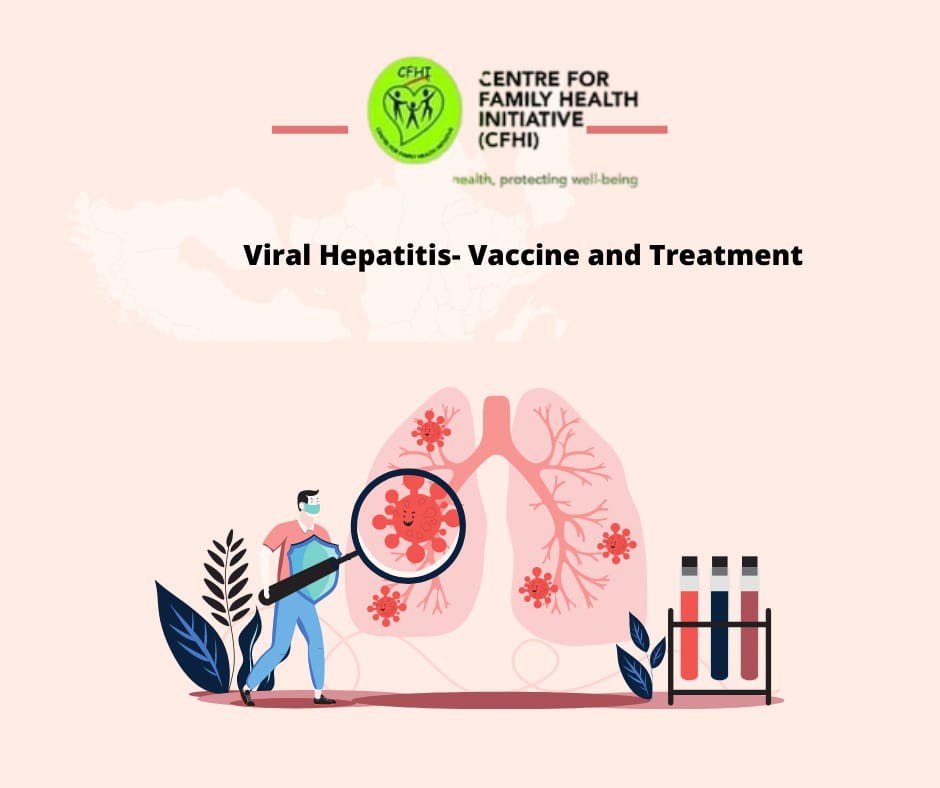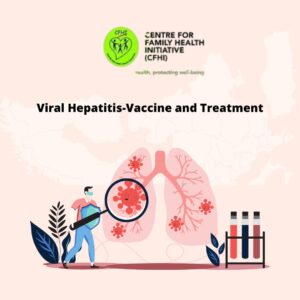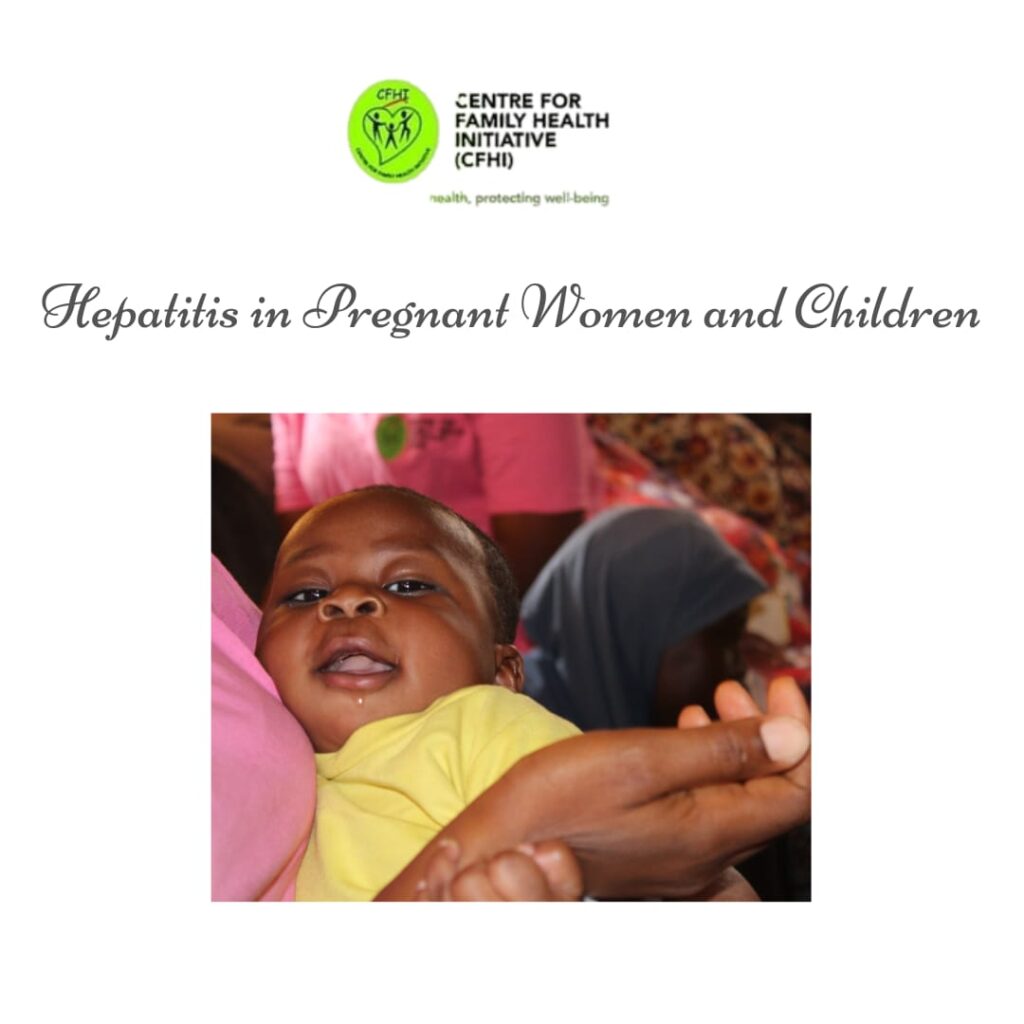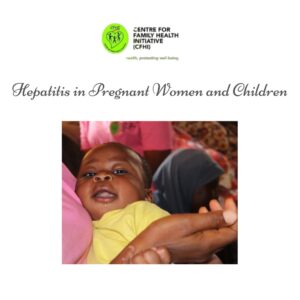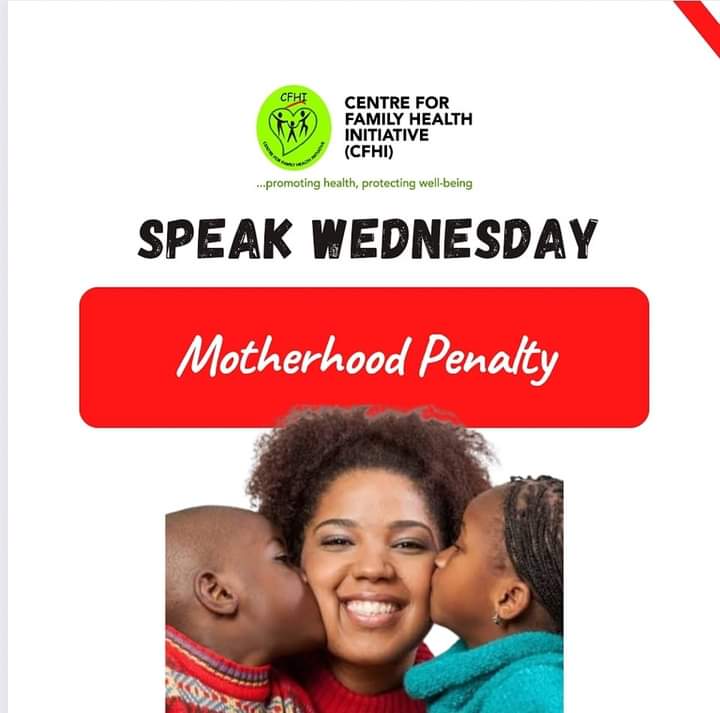MONDAY HEALTH BURST ON GREENHOUSE EFFECT ON HUMAN HEALTH
Greenhouse effect is the process by which radiations from the sun are absorbed by the greenhouse gases and not reflected back into space. This insulates the surface of the earth and prevents it from freezing.
The greenhouse gases at normal level help the earth to maintain an ambient condition for our survival. However, the anthropogenic action by humans (burning of fossil fuels) has induced the amount of these greenhouse gases thereby resulting in greenhouse effect.
According to Naiyer et al., (2022), the greenhouse effect along with global warming have impacts that are adverse to humans. Short-term exposure impacts can be coped with by humans, but when it is a high long-term concentration exposure, the impact becomes detrimental.
The long-term exposure slowly affects multiple organs such as the respiratory system, cardiovascular system, central nervous system, immune system, digestive system and often the reproductive system.
Increasing the greenhouse effect gives rise to a runaway greenhouse effect which would increase the temperature of the earth to such an extent that no life will exist in the near future https://byjus.com/biology/greenhouse-effect-gases/.
Hence, the need to watch the rate at which fossil fuels are burnt and regular medical checkups for early detection of diseases resulting from exposure to Greenhouse Effects.
Monday Health Burst is an initiative of CFHI to address issues of basic health concern. Join us every Monday on all our social media platforms for more episodes.
#GreenhouseEffect #HumanHealth #Who #MondayHealthBurst
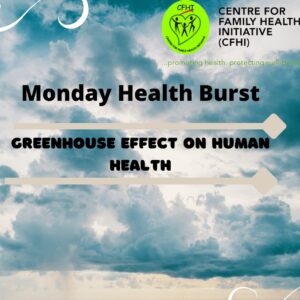
MONDAY HEALTH BURST ON GREENHOUSE EFFECT ON HUMAN HEALTH Read More »

